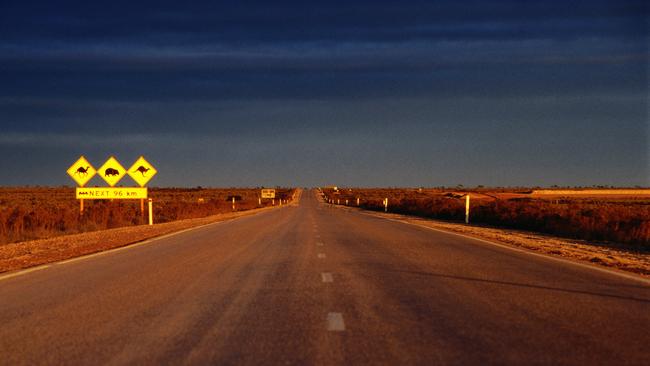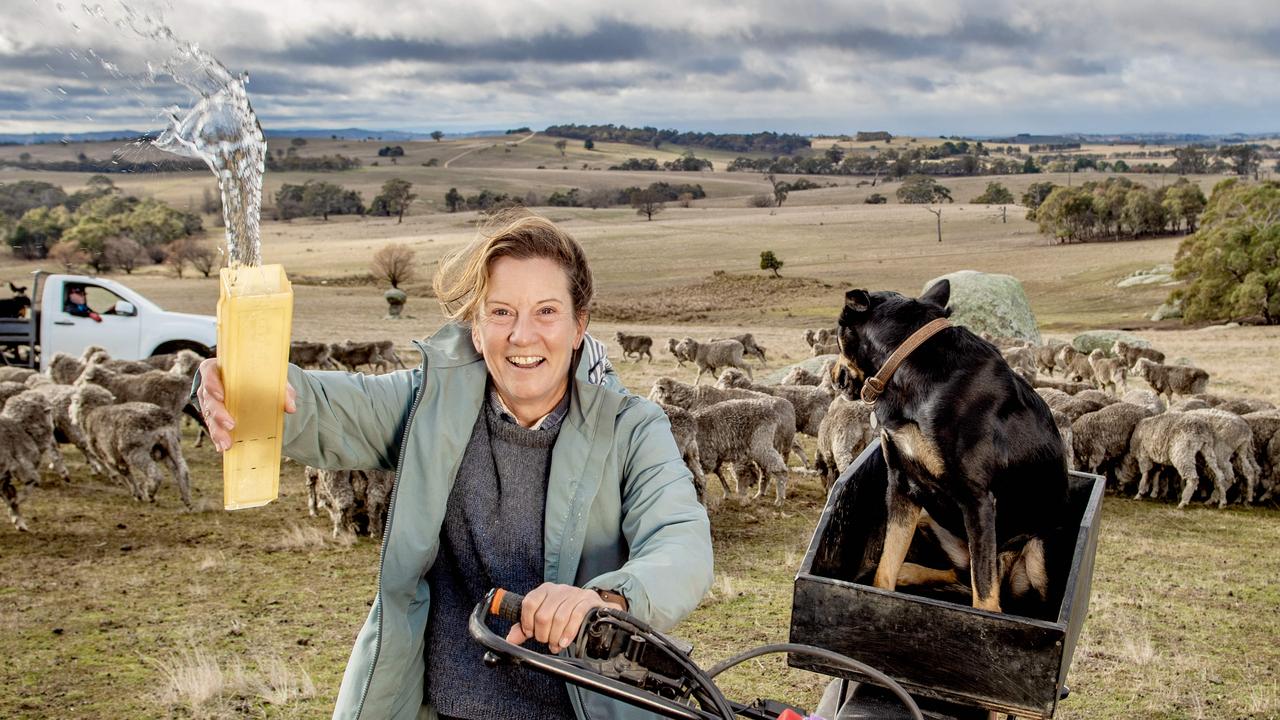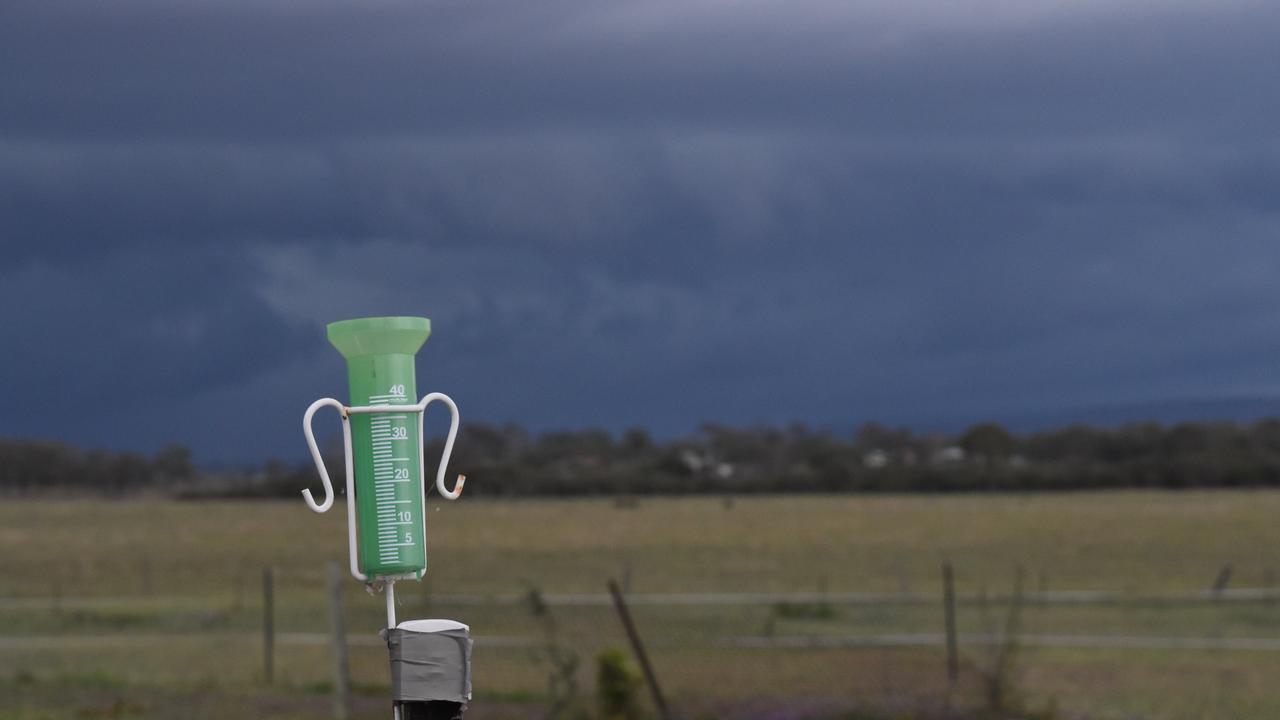Low rainfall in southwest Victoria makes in drier than the Nullarbor
Usually emerald and fertile, southwest Victoria is now drier than the Nullarbor after an arid autumn. See how rainfall figures compare against Victoria’s Western District.

The Nullabor Plain – considered one of the most arid regions on earth – is experiencing a better season than Victoria’s usually-lush Western District.
An analysis by The Weekly Times of Bureau of Meteorology rainfall figures shows the township of Nullarbor – on the Great Australian Bight in South Australia, 1140km from Adelaide and 1640km from Perth – has recorded 30 per cent of its annual rainfall so far this year. In comparison in western Victoria, Casterton has recorded just 11 per cent, Hamilton 16 per cent, Ballarat 21 per cent and Mortlake 23 per cent.
Nullarbor – which averages about 250mm of rain annually – has received 74mm to date this year with 58mm of that falling during March. Casterton has recorded just 72mm of rain so far for 2024 with Hamilton faring only slightly better with 95mm.
By mid-May last year, Casterton had recorded 266mm for the year and Hamilton 217mm.
Coleraine region farmer David Robertson said the usual autumn break had yet to materialise across the usually emerald Western District.
“The Nullarbor is a better place to be at the moment! We haven’t seen it this dry in southwest Victoria for a long time,” the Southern Grampians Shire mayor said.
“Conditions were wet in November, December then okay in January.
“February, March, April and now May have been very dry — not just around Coleraine and Casterton but for much of southwest Victoria.
“Now that the mornings are getting colder — we’re talking 0 degrees at Dartmoor and Casterton just this morning — even if there’s a downpour, the soil is getting harder with those morning frosts, so it’s a challenge.”
Koroit region farmer Oonagh Kilpatrick was unsurprised by the Nullarbor comparison with parched conditions across southwest Victoria after a dry autumn.
“Some dairy farmers have reserves of silage and hay but these are dwindling fast,” the Food and Fibre Great South Coast chairwoman said.
“Others are having to buy in hay as witnessed by the number of trucks.
“The reasonable milk price means that dairy farmers are able to purchase fodder.
“Milk production is being impacted upon as there isn’t as much energy and protein as is in green grass.”
Hamilton region farmer Jamie Pepper said his Tahara property had a slight green tinge but little pasture growth.
“It’s very dry, there’s no doubt about that but we’ll get through it,” he said.
“I was travelling around the farm the other day and saw an old tree stump with some new foliage growing out the top. That was a bit of a symbol for what farmers are experiencing - there’s always the opportunity for regrowth, even when things seem to be hopeless.”
Glenelg Shire mayor Karen Stephens said farmers across the west of the state were hoping for a late autumn break.
“We’ve got the Casterton Kelpie Muster coming up on the June long weekend. If it rains then, there’ll be celebrations. We wouldn’t normally celebrate rain on Muster weekend, but it’s been so, so dry around here.”
Meanwhile, according to The Weekly Times’ analysis of more than 200 weather stations across Australia, northern parts of the country are unsurprisingly faring the best following one of the best summer wet seasons in years.
Victoria River Downs in the Northern Territory has already recorded 1252mm of rain this year – almost double its annual average – with Tennant Creek measuring 835mm (179 per cent of its annual average) and Daly Waters 1141mm (168 per cent).
In Queensland, Camooweal has measured 658mm, or 164 per cent of its long-term calendar-year average while in NSW, the wettest centres are Tibooburra (192mm or 105 per cent of its annual average) and White Cliffs (255mm or 102 per cent).
Kerang tops in the charts in Victoria with 199mm representing 54 per cent of its annual average.
The driest centres are in Western Australia and South Australia with Perth measuring just 17mm of rain for the year and Geraldton just 21mm. Clare in South Australia has recorded just 18mm of rain for the year or 3 per cent of its long-term average.


